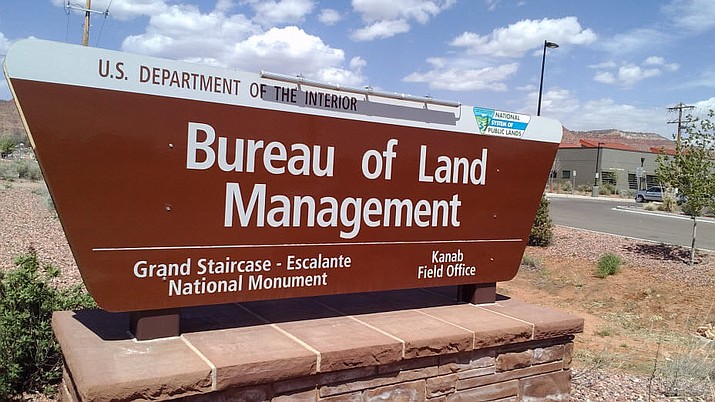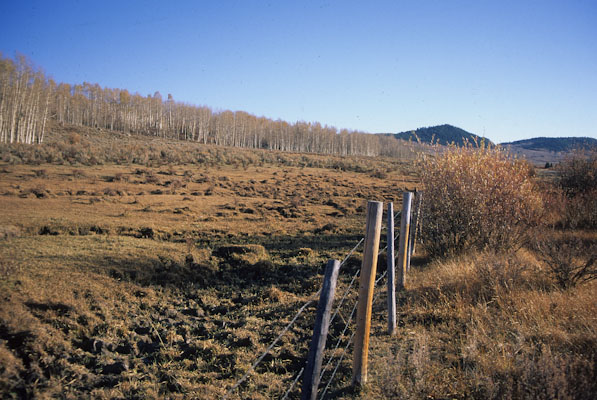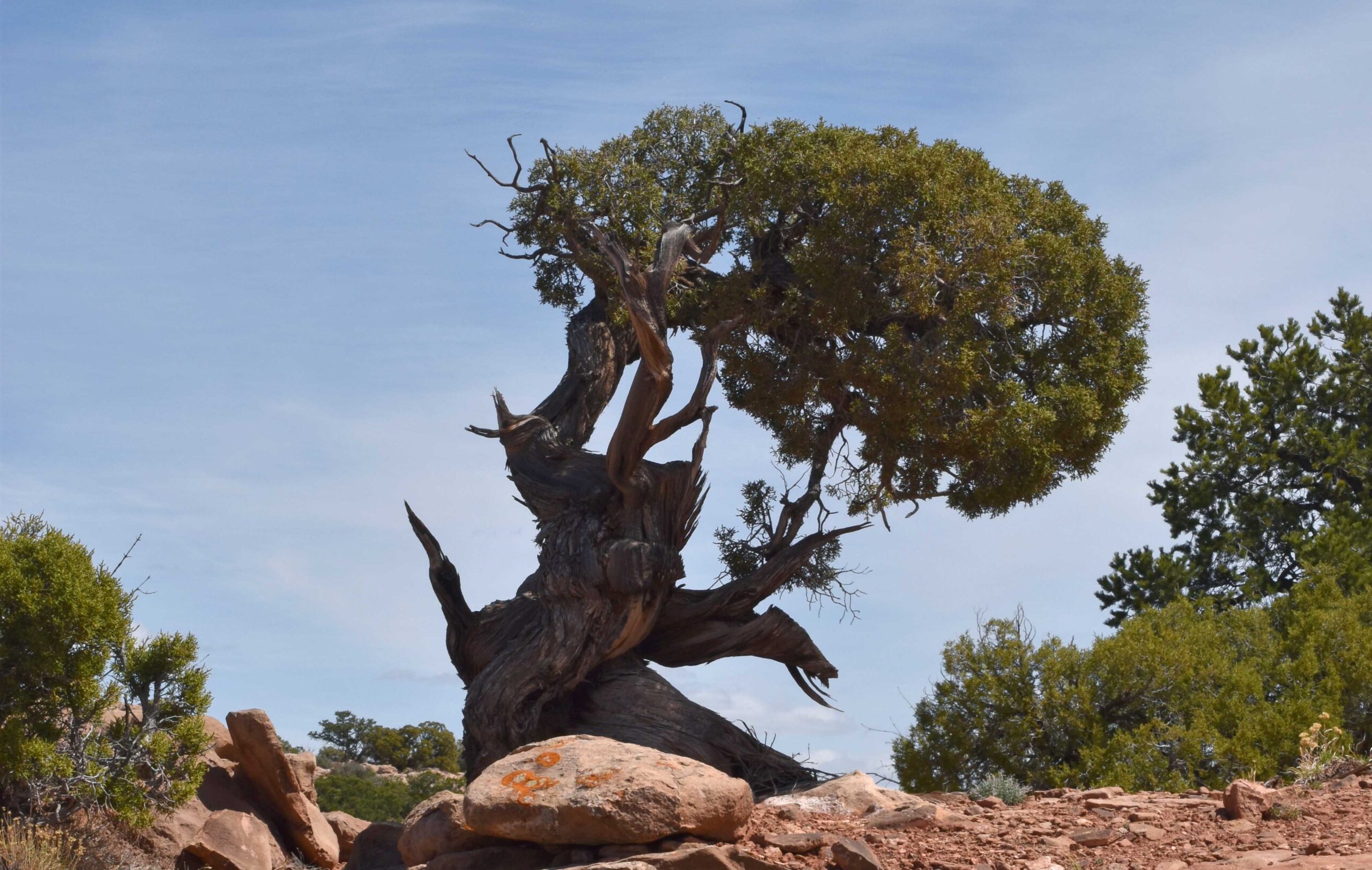-
The nearly complete annihilation of vegetation by livestock vandelism seen here should result in the termination of any grazing privileges. Photo George Wuerthner I recently spent a few days on the Dixie National Forest in southern Utah. One of the defining characteristics of the forest is that nearly all the acreage that is not…
-
Sawtooth Mountains, Idaho. Photo George Wuerthner Though most conservation groups focus on federal lands, a neglected area of concern are state properties. Throughout the West, most of these lands are either leased for timber cutting or livestock grazing. Although there are limited ways that conservation groups can influence state management (or lack thereof) of…
-
** Guest post by Richard Spotts** An open letter from a former Bureau of Land Management employee to Secretary Deb Haaland. Dear Secretary Haaland: The Bureau of Land Management (BLM) in your Interior Department is broken and I know how you can and should fix it. BLM’s dominant management culture has long been (and…
-
“Regenerative agriculture” is a trending concept these days. But what does it mean? The buzzword “regenerative” gets bandied about by all sorts of agricultural operations, lobby groups, and would-be thought leaders. However, with no agreed-upon definition, it’s become the latest version of ‘natural’ or ‘sustainable’ – claimed by many, but achieved by few. The dominant…
-
The Sonoran Desert National Monument was designated in 2001, but livestock grazing persisted until 2015. Now the BLM wants to restock a portion of this national monument. Photo George Wuerthner The Sonoran Desert National Monument is a spectacular representation of the Sonoran Desert landscape managed by the Arizona office of the Bureau of Land Management…
-
Mount Jefferson in Alta Toquima Wilderness, Humboldt Toiyabe NF, Nevada. Photo George Wuerthner The Humboldt Toiyabe National Forest (HTNF), primarily in Nevada, has 40 vacant allotments. Vacant allotments mean they once were grazed, but for various reasons currently do not have any livestock grazing. Rather than permanently closing allotments that are currently ungrazed, the Forest…
-
Cattle congregating in the riparian area, Chama, New Mexico. Photo George Wuerthner SOIL CARBON AND LIVESTOCK Rangelands make up a large proportion of the Earth’s surface, and the soils hold a significant amount of sequestered carbon (Schuman,G.E et al. 2001). Rangelands are estimated to contain more than one-third of the world’s above and below ground…
-
The dawn breaks each morning on a hundred different mountain ranges in the Great Basin, with few human eyes to see it. Many of these mountain chains will be unfamiliar to most – the Toquimas, the Wah Wahs, the Goshutes, the Sheeprocks, the Fox Range – but the one thing they all have in common…



